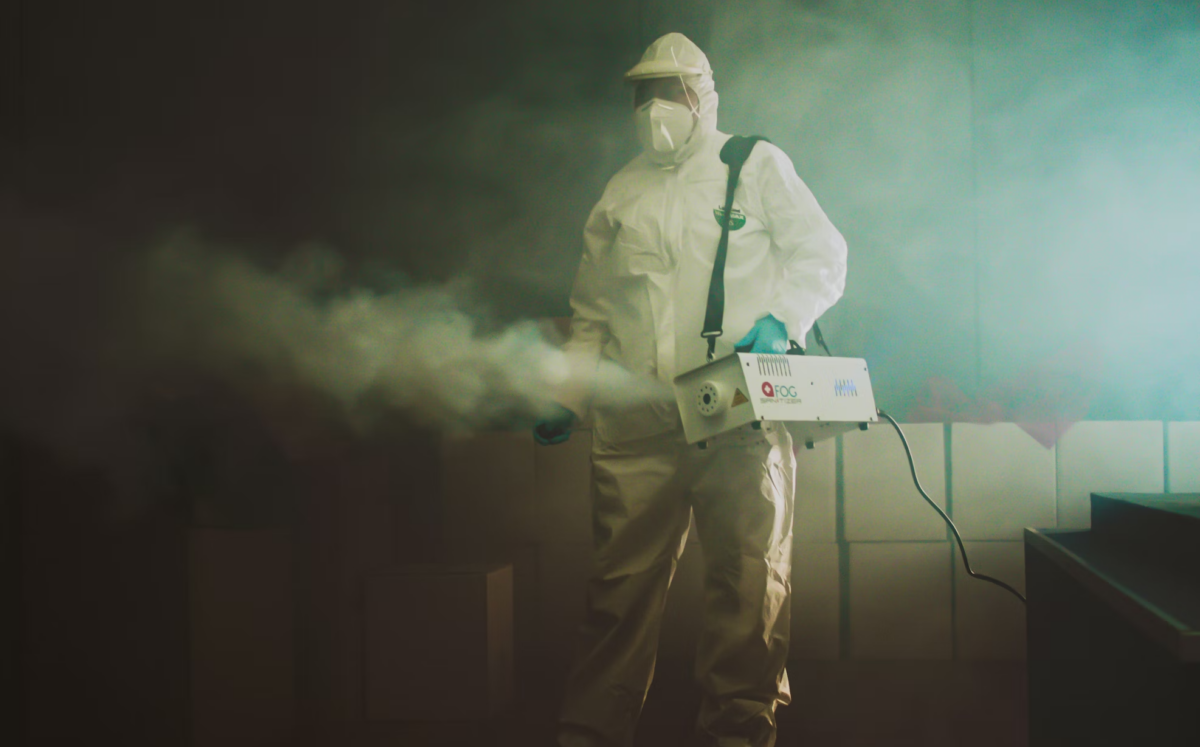Biosecurity is a critical aspect of safeguarding the well-being of animals and the industries that rely on them. In the realm of animal health, biosecurity measures play a pivotal role in preventing the introduction and spread of diseases. In this blog, we will explore the concept of biosecurity, its key components, and its significance in ensuring the health and productivity of animal populations.
Understanding Biosecurity:
Biosecurity refers to the set of practices employed to prevent the entry and spread of infectious agents. In the context of animal health, it encompasses measures designed to protect animals from diseases caused by bacteria, viruses, parasites, and other pathogens. Effective biosecurity is a multifaceted approach that involves the collaboration of farmers, veterinarians, and industry stakeholders.
Key Components of Biosecurity:
- Quarantine Protocols:
- Quarantine is a fundamental biosecurity measure, involving the isolation of newly arrived animals to prevent the potential introduction of diseases. Strict quarantine protocols ensure that new animals undergo thorough health assessments before integration into existing populations.
- Hygiene Practices:
- Maintaining high levels of hygiene is crucial in preventing the spread of diseases. This includes proper sanitation of facilities, equipment, and personnel. Disinfection procedures play a vital role in controlling the transmission of pathogens.
- Surveillance and Monitoring:
- Regular surveillance and monitoring are essential for early detection of diseases. Implementing robust monitoring systems allows for quick response to emerging threats, reducing the risk of widespread outbreaks.
- Controlled Access and Visitor Policies:
- Limiting access to animal facilities and implementing strict visitor policies help minimize the risk of introducing pathogens. Controlled access ensures that only essential personnel are allowed entry, reducing the chances of disease transmission.
- Vaccination Programs:
- Vaccination is a proactive measure to boost the immunity of animals against specific diseases. Implementing well-designed vaccination programs is a key aspect of biosecurity, contributing to disease prevention and control.
Significance of Biosecurity:
- Economic Impact:
- Diseases can have a significant economic impact on animal industries. Biosecurity measures mitigate the risk of disease outbreaks, safeguarding the financial stability of farmers and stakeholders.
- Public Health:
- Diseases affecting animals can sometimes pose risks to human health. By implementing biosecurity measures, we not only protect animal populations but also contribute to public health by preventing zoonotic diseases.
- Sustainability and Food Security:
- Biosecurity plays a pivotal role in ensuring the sustainability of animal agriculture. By preventing and controlling diseases, we contribute to maintaining a stable and secure food supply chain.
Key Animal-Related Diseases in the US
- Rinderpest (Late 1800s): Rinderpest, a viral disease affecting cattle, was introduced to the Americas in the late 1800s. It had devastating effects on cattle populations.
- Foot-and-Mouth Disease (FMD) (Early 1900s): FMD outbreaks occurred in the United States during the early 20th century, leading to the implementation of control measures to prevent its spread.
- Newcastle Disease (1920s): Newcastle disease, affecting poultry, was first identified in the United States in the 1920s. It has since led to various outbreaks with economic consequences for the poultry industry.
- Hog Cholera (Classical Swine Fever) (1930s-1970s): Hog cholera was a significant concern for the swine industry during this period. Vaccination and control measures helped to reduce its impact.
- Mycoplasma Gallisepticum (1950s-1960s): This disease, affecting poultry, caused significant economic losses in the poultry industry. Control measures were implemented to manage its spread.
- Avian Influenza (2000s): Several outbreaks of avian influenza occurred in the 2000s, leading to the culling of infected birds and measures to prevent further spread.
- Bovine Spongiform Encephalopathy (BSE) (Late 20th Century): While the first case of BSE in the United States was reported in 2003, the disease gained attention globally in the late 20th century. It affected cattle and led to changes in regulations related to the feeding of animal proteins.
- Porcine Epidemic Diarrhea Virus (PEDv) (2010s): PEDv caused significant losses in the U.S. swine industry in the early 2010s, leading to efforts to control its spread.
- African Swine Fever (ASF) (Current Concern): ASF is a viral disease affecting pigs, and there is ongoing concern about its potential introduction into the Americas. Preventive measures are being implemented to avoid its spread.
It’s important to note that disease management and prevention strategies have evolved over time, with ongoing efforts to protect livestock and agriculture from emerging threats.
Challenges and Future Directions:
While biosecurity measures have evolved significantly, challenges persist. Emerging diseases, global trade, and changing climates pose ongoing threats. Continuous research, international collaboration, and advancements in technology are crucial for addressing these challenges and improving the efficacy of biosecurity measures. The benefits of biosecurity are numerous, but the implementation of practices that encourage such exclusivity and restriction has unintentionally created some mistrust in the animal farming industry. The lack of insight into the now closed-off industry is also an area that can be discussed and addressed by professionals and stakeholders as they decide how to educate people on where their food comes from without jeopardizing the health and safety of the operation.
Conclusion:
In conclusion, biosecurity in animal health is a dynamic and integral component of modern agriculture. By implementing comprehensive measures, we not only protect animal populations but also fortify the foundations of sustainable and resilient food systems. As we navigate an ever-changing landscape, the commitment to biosecurity ensures a healthier future for both animals and the communities that depend on them.
Are you looking for top talent in the Specialty Chemical, Advanced Materials, or Animal Health industry?
Contact us to discuss how we can bring top leadership talent to your team. Boaz Partners is a premier executive search firm focused on the direct recruitment of executives and professionals for the specialty chemicals and animal health space. We are your partner, and our focus is on custom recruiting solutions. Follow the link to learn more about how our animal health recruiters can help you.
